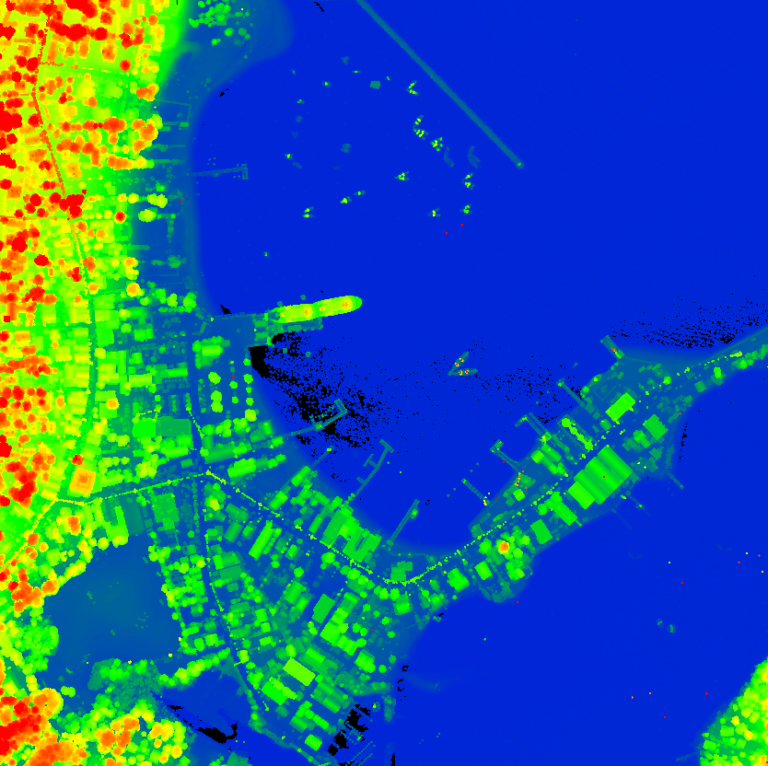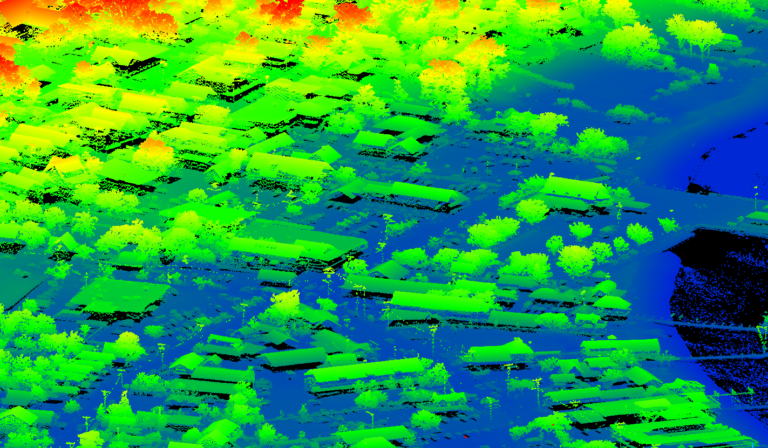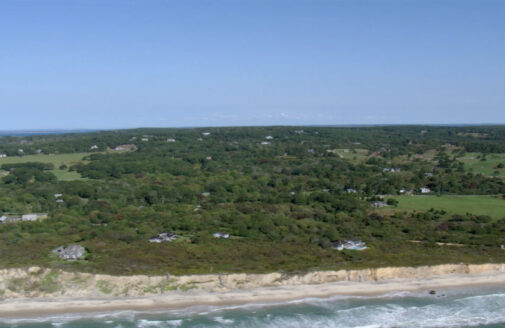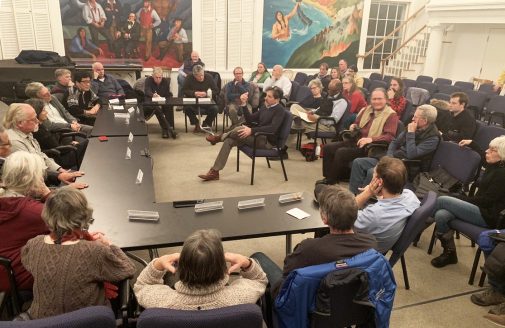Team
- Wayne S. Walker Chief Scientific Officer, Senior Scientist
- Christopher Neill Senior Scientist
- Jonathan Sanderman Carbon Program Director, Senior Scientist
- Christopher R. Schwalm Risk Program Director, Senior Scientist
- Emily Sturdivant Geospatial Analyst, Research Associate
- Seth Gorelik Geospatial Analyst, Research Associate
- Pat Farrar Research Assistant
- Ben Robinson Commissioner, Martha's Vineyard Commission
- Adam Moore Executive Director, Sheriff’s Meadow Foundation
National and international efforts to combat climate change are not yet close to meeting the severity of the problem; however, states and municipalities are rising to the challenge, working locally to identify solutions that can slow, offset, or facilitate adaptation to climate change.
Martha’s Vineyard, an 87-square-mile island off the southern coast of Massachusetts, is one such example. The Martha’s Vineyard Commission Climate Action Task Force (CATF) has embarked on developing an Island-wide climate action plan that includes a range of scientific and engineering studies designed to support climate-smart land management and risk reduction strategies.
Our Work
In collaboration with the CATF and Sheriff’s Meadow Foundation, a local Vineyard land trust, Woodwell scientists are launching a comprehensive study with goals to:
- Understand the potential of natural climate solutions—cost-effective approaches to mitigating climate change through improved land stewardship—to increase the carbon sequestration potential of the Vineyard’s forests, soils, and wetlands. Key questions include: How much additional carbon can the Vineyard’s natural and working lands sequester? Where can improved land management practices lead to emissions reductions?
- Evaluate the risks to Vineyard communities from climate-driven natural hazards. Key questions include: What hazards pose the greatest risk? What parts of the Island are most threatened? Can these risks be mitigated and what will potential interventions cost?
Research area


Airborne LiDAR point-cloud images of Martha’s Vineyard. Individual points are colored by elevation above sea level: at/near sea level is blue and the tallest objects (e.g., tree tops) are red.
Impact
The results of this study will be incorporated into a series of guidance documents on best practices for realizing natural climate solutions across the Vineyard’s forested, agricultural, coastal, and managed lands as well as in a set of risk assessments to address the threats from climate-driven natural hazards facing the six Vineyard towns. These findings will be used to inform local action around sound and sustainable decision making across a range of industries including construction, agriculture, and landscaping.
Beyond Martha’s Vineyard, this initiative can serve as a model for communities motivated to do more in their own backyards to mitigate and adapt to climate change.





